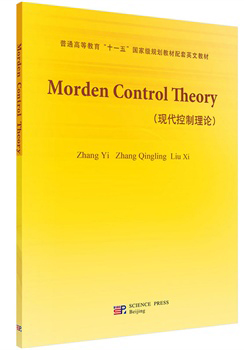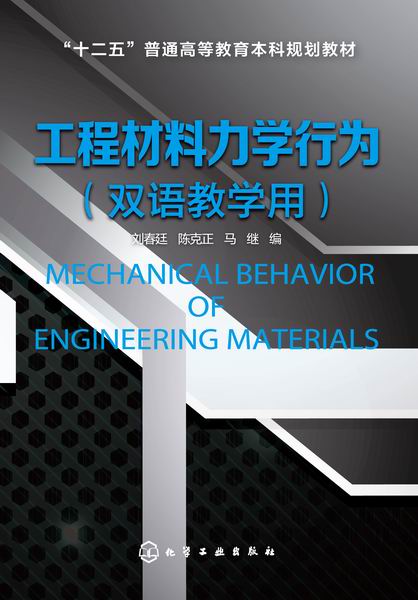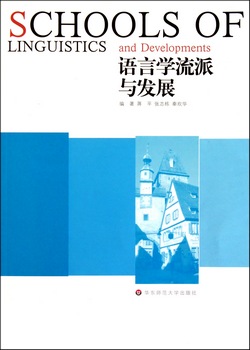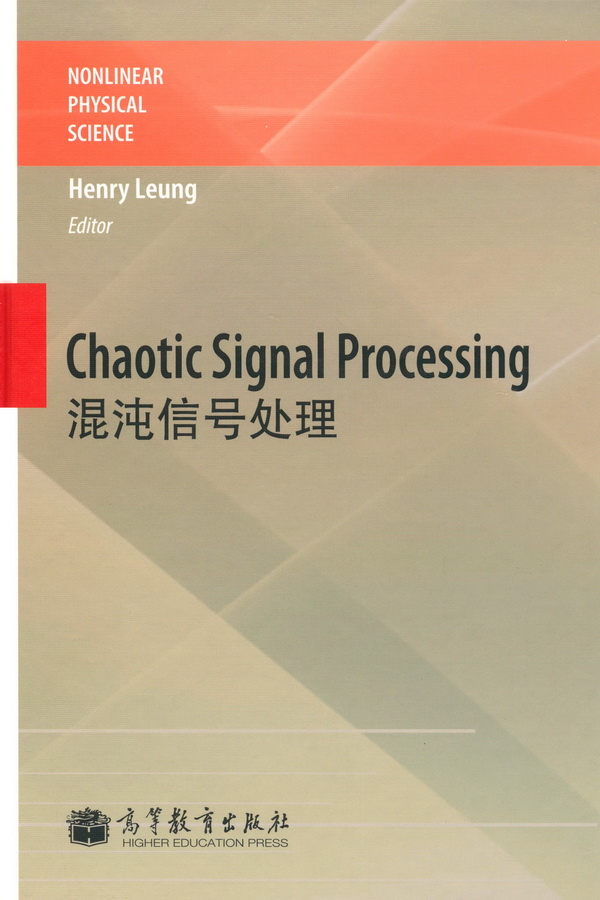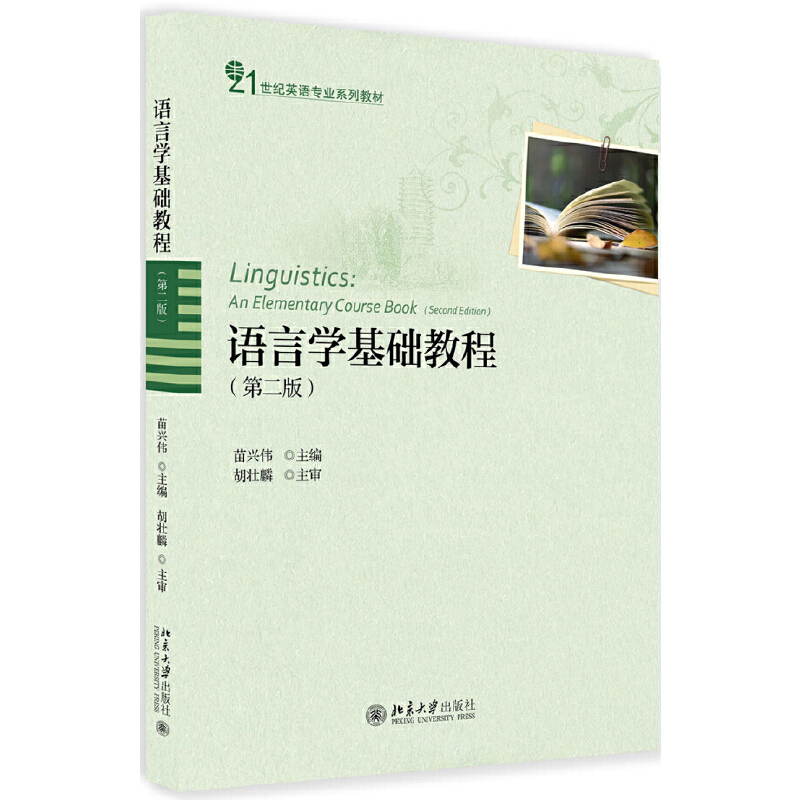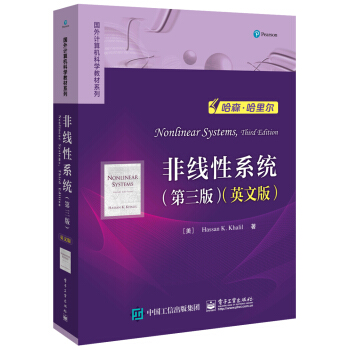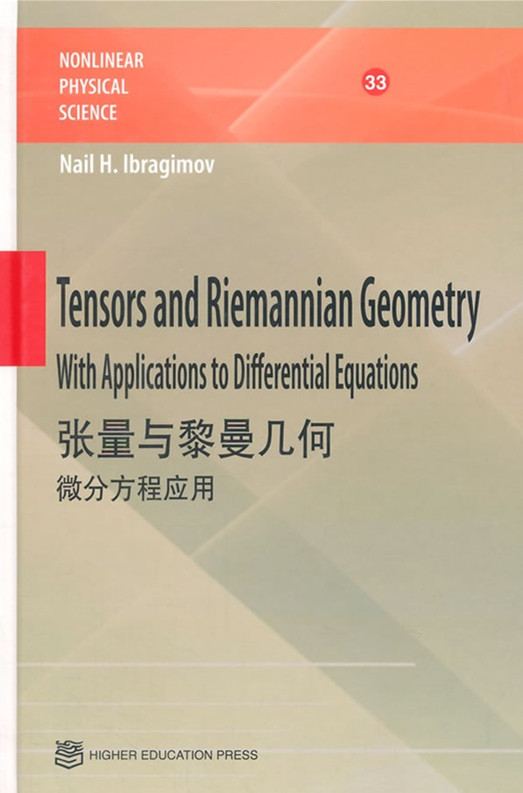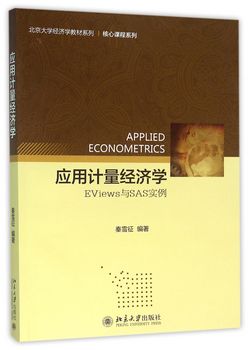构建外语环境下的中介语发展认知心理模式
作者: 任庆梅
出版时间:2009-02-04
出版社:高等教育出版社
- 高等教育出版社
- 9787040264180
- 1
- 118437
- 0041156873-6
- 平装
- 16开
- 2009-02-04
- 300
- 280
《构建外语环境下的中介语发展认知心理模式》共有九章。第一章从理论角度对中介语概念、构成中介语系统的外显知识和内隐知识等重要问题加以梳理,同时阐述了本项研究的目的和方法。第二章系统地回顾了国内外中介语认知心理研究的成果,尤其是国内研究者在该领域取得的成就及存在的问题。在此基础上,第三章从输入和互动的角度探讨环境因素对中介语发展的影响。第四章论证了在外语课堂环境下“聚焦于形式的教学”(focus on form)对中介语发展的重要促进作用。第五章聚焦于语法教学,探讨语法教学的概念、元语言意识与学习策略的关系、外显式教学与内隐式教学的作用等问题。第六章讨论了学习者如何借助于更多的语言输入以及在语言输出中得到的反馈来检验自身形成的语言假设,从而不断地重新组织逐渐发展的中介语规则。第七章关于学习任务的讨论主要涉及在吸收和借鉴二语习得理论的基础上设计和执行学习任务。借助于以上各个章节所探讨的内容,第八章尝试构建外语环境下的中介语发展认知心理模式,并提出该模式对外语教学的新要求。最后一章是对全书主要观点和结论的回顾和总结。
Chapter 1 Introduction: Clearing the Ground
1.1 The Concept of IL
1.2 Knowledge Distinction Concerning IL System
1.3 The General Purpose of the Present Study
1.4 Methodology and Data Collection
1.5 General Organization of the Book
Chapter 2 The Study of IL: an Overview
2.1 Introduction
2.2 The First Stage: from 1950s to 1960s
2.2.1 Behaviorism and CA
2.2.2 The Theory of UG
2.3 The Second Stage: from 1970s to 1980s
2.3.1 The Monitor Model
2.3.2 Bialystoks Theory of Explicit and Implicit Knowledge
2.3.3 The Competition Model
2.3.4 McLaughlins Information Processing Model
2.3.5 Andersons ACT Model
2.4 The Third Stage: from 1990s to today
2.4.1 Connectionism
2.4.2 The Processibihty Theory
2.4.3 Schmidts Account of Consciousness and Noticing
2.4.4 Longs Interaction Hypothesis
2.5 A Brief Description of the IL Study in China
2.6 Summary
Chapter 3 The Requirements of IL Development: Input and Interaction
3.1 Introduction
3.2 The Role of Language Input
3.3 The More Effective Way for Input Processing
3.4 The Dynamic Nature of FT
3.5 Effects of Negative Feedback on Language Acquisition Process
3.6 Noticing the Information Gap
3.7 Salience and Insignificance
3.8 Authenticity of Language Data
3.9 Summary
Chapter 4 Focus on Form in EFL Classroom Setting
4.1 Introduction
4.2 The Cognitive Underpinning of Focus on Form
4.3 Incidental Focus on Form to Facilitate Cognitive Mapping
4.4 Focus on Form through IE
4.5 Learner-generated Attention to Linguistic Form
4.6 Classroom Constraints on Focus on Form via Corrective Feedback
4.7 Focus on Form Instruction in the Consolidation of Constructions
4.8 Teachers Stated Beliefs about Focus on Form and their Classroom Practice
4.8.1 Teaching Context and Participants
4.8.2 Data Collection
4.8.3 Analyses of the Observational Data to Identify Teachers Focus on Form Practice
4.8.4 Analyses of the Self-report Data to Identify Teachers Stated Beliefs about Focus on Form
4.8.5 Results and Implications
4.9 Summary
Chapter 5 Consciousness=raising in Grammar Teaching
5.1 Introduction
5.2 The Concept of Grammar Teaching
5.3 EFL Learners Beliefs about Grammar Teaching
5.4 Consciousness during the Process of Comprehension
5.5 Developing Metalinguistic Awareness among EFL Learners
5.6 Metalinguistic Awareness and Learning Strategy Selection
5.6.1 Participants and Data Collection
5.6.2 Data Analyses and Discussion
5.7 Explicit and Implicit Teaching of TL Features
5.8 The Role of the Learners Mother Tongue
5.9 Summary
Chapter 6 Accommodating and Restructuring During the Process of IL Development
6.1 Introduction
6.2 Accommodating and Restructuring
6.3 Form-meaning Connections through Formal Instruction
6.4 The Acquisition of Collocation and Chunking
6.5 The Role of Practice to Enhance Automatization
6.6 Summary
Chapter 7 Task-based Approaches to Developing IL System
7.1 Introduction
7.2 Features and Underlying Principles in Task Design
7.3 Task Implementation in EFL Setting
7.4 Addressing Accuracy during Task Performance
7.5 Consciousness-raising Tasks in EFL Classroom Setting
7.5.1 Participants, tasks and Procedures
7.5.2 Data Analyses and Findings
7.6 Form-focused Tasks in Instructional Material
7.7 Integrating Metastrategic Awareness Training into Tasks
7.8 Summary
Chapter 8 Building a Model for IL Development in EFL Setting from the Perspective of Cognitive Psychology
8.1 Introduction
8.2 A Model for IL Development in EFL Setting from the Perspective of Cognitive Psychology
8.3 New Challenges for Instruction in EFL Setting
8.3.1 Text and Task Authenticity for Input and Interaction
8.3.2 Language Corpora to Enrich Reality
8.3.3 Form-focused Tasks with OE and IE
8.3.4 More Technological Assistance for Optimal Learning Environment
8.3.5 The Requirement for Promoting Transfer of Learning
8.3.6 The Requirement for Developing Language Awareness
8.3.7 The Requirement for EFL Teacher Professional Development
8.4 Summary
Chapter 9 Conclusion
9.1 Introduction
9.2 A Synopsis of this Book
9.3 Implications for Theory and Practice
9.4 Limitations of the Research
9.5 General Directions for Future Research
Notes
Appendixes
Appendix A
Appendix B
Appendix C
Appendix D
Appendix E
Appendix F
Bibliography


